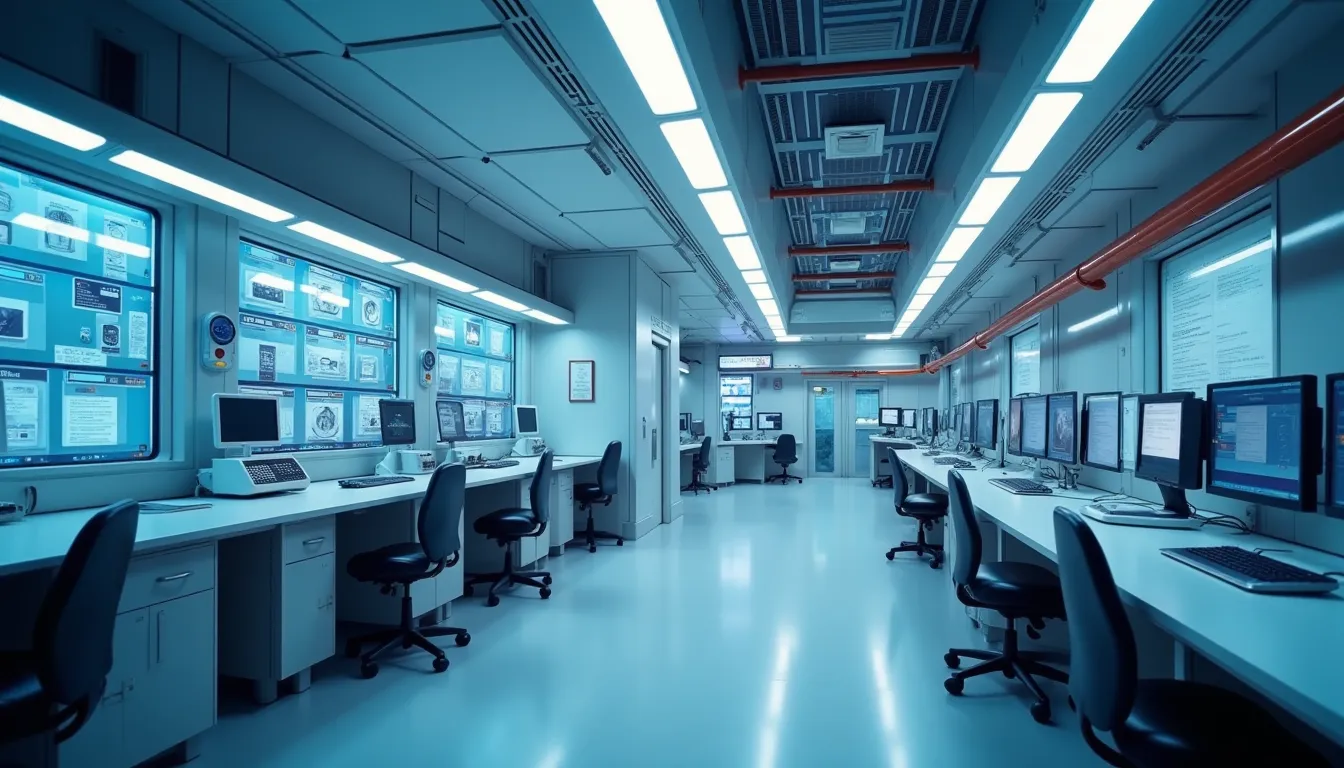The landscape of low Earth orbit (LEO) is on the brink of a significant transformation as NASA gears up to transition from the International Space Station (ISS) to commercially-operated platforms. This shift, driven by the Commercial LEO Development (CLD) program, is set to culminate in the establishment of new commercial space stations by the mid-2020s. Key players in this evolving sector include Axiom Space, Vast Space, and Starlab, each advancing their projects toward operational status in a highly competitive environment.
NASA’s Commercial LEO Development Program
NASA’s ambitious CLD program aims to retire the ISS by 2031, paving the way for the development of privately-operated space stations. Currently in Phase 1, the program is focused on maturing design concepts and funding studies for multiple candidates. By mid-2026, Phase 2 is expected to select one or more stations for official certification and operational support. This strategic shift not only enhances commercial opportunities but also aims to maintain a continuous human presence in LEO.
Leading Commercial Stations: Pioneers of the New Era
Axiom Space
Axiom Space has taken significant strides since being awarded the contract in 2020 to attach modules to the ISS. With a vision to create a fully commercial space station, Axiom is rapidly accelerating its timeline. The company plans to provide expanded access to its station capabilities, which will include research, manufacturing, and even tourism opportunities in LEO.
Vast Space’s Haven-1
Vast Space is set to launch Haven-1 in May 2026, marking the first major U.S.-built space station structure in over two decades. Designed as a human-centric innovation lab, Haven-1 will accommodate both private astronauts and government missions. Key features include a habitable volume of 45 m³, personal crew quarters, a 1.1 m domed window for panoramic views, and integrated Starlink internet connectivity. This station represents a significant leap in the commercialization of space, supporting a variety of scientific and technological pursuits.
Starlab
Currently in detailed design phases, Starlab is progressing but remains behind Axiom and Vast in its timeline. The station aims to provide a versatile platform for research and commercial activities, contributing to the overall ecosystem of commercial LEO operations.
Technical and Operational Aspects of Commercial Stations
While commercial space stations promise exciting advancements, initial capabilities may not fully match those of the ISS, potentially leading to gaps in continuous human presence in LEO. The development of advanced docking mechanisms is critical, with companies like Northrop Grumman testing upgrades on its Signis spacecraft. Furthermore, Vast Space has shifted its manufacturing partnerships for primary structures, ensuring that Haven-1 is equipped with cutting-edge technology.
NASA continues to leverage the ISS for technology demonstrations relevant to future habitats, including:
- Inflatable habitats, which can offer adaptable living spaces.
- 3D printing with regolith, enabling in-situ resource utilization for deep space missions.
- Robotic assistance and autonomous systems to enhance operational efficiency.
- DNA sequencing for microbial monitoring, ensuring the health and safety of astronauts.
- Laser communication technologies for high-bandwidth data transfers.
These advancements lay the groundwork for the next generation of orbital platforms and are essential for ensuring the safety and efficacy of future missions.
The Role of Advanced Technologies in Commercial Stations
As the commercial space station sector evolves, advanced technologies play a crucial role in supporting operations. For instance, precision accelerometers and advanced sensor modules are vital for navigation and monitoring, ensuring that spacecraft can operate safely and effectively in the challenging environment of space.
Moreover, high-performance CMOS imaging series with multi-resolution options aid in automatic exposure control, enhancing the capabilities of onboard systems. Technologies such as high-performance single-tube PIN quadrant detectors are also being explored for precise laser beam positioning and tracking applications, which are essential in maintaining communication links with Earth and other orbital platforms.
Conclusion
The commercial space station sector is poised for significant growth, driven by NASA’s CLD program and the innovative efforts of companies like Axiom Space, Vast Space, and Starlab. As these stations prepare to take flight, they represent not just a continuation of human presence in LEO but also a new chapter in the commercialization of space.
With the competitive landscape evolving rapidly, the coming years will be crucial in determining how effectively these commercial platforms can meet the diverse needs of research, industry, and exploration. As we look ahead, the integration of advanced technologies will be pivotal in ensuring that these new stations can operate efficiently, paving the way for sustained human activity in the cosmos.
References
-
Haven-1 - Vast Space (www.vastspace.com) - 10/29/2025 October 8, 2025. The Haven-1 primary structure is the first space station flight article to be built in the U.S. in over 20 years. It is the third major …
-
Commercial Space Station Updates // October 10, 2025 - YouTube (www.youtube.com) - 10/10/2025 There have been several updates over the last few months from Axiom Space, Vast, and the team behind Starlab to make commercial space …
-
International Space Station: Launching NASA and Humanity into … (www.nasa.gov) - 9/30/2025 In November 2025, NASA and its international partners will surpass 25 years of continuous human presence aboard the International Space Station.
-
Where are America’s Commercial Space Stations in 2025? (www.spacescout.info) - 6/10/2025 NASA intends to replace the ISS with commercially-built space stations through its Commercial LEO Development (CLD) program.



